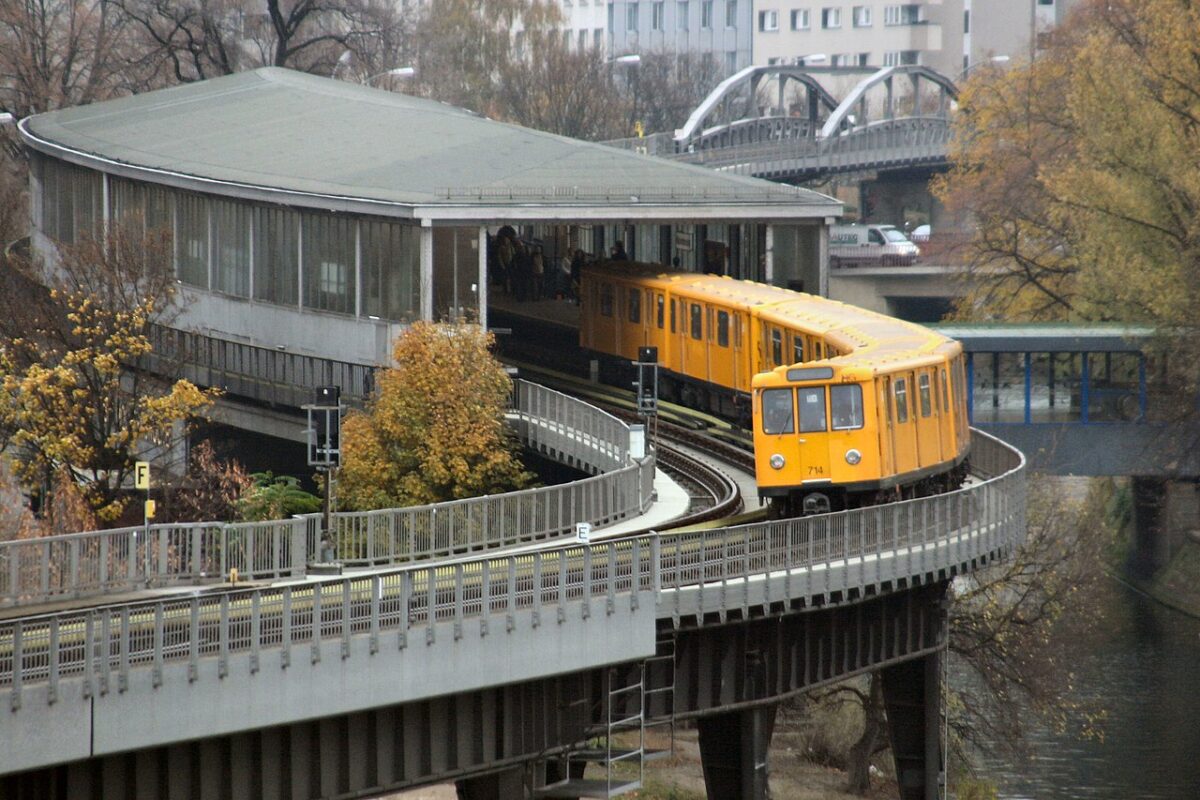Researchers from the Xi'an Jiaotong University in China have investigated how rooftop solar and battery storage may help cover energy demand in elevated metro stations and found this combination may achieve a self-sufficiency rate of up to 54% and a payback time of 10.2 years.
“Our work is the first study focusing on the PV potential of elevated subway stations based on real energy loads,” the research's lead author, Haobo Yang, told pv magazine. “Our findings are based on measured hourly load demands and include the impact of battery energy storage on PV system performance.”
In the study “Technoeconomic analysis of rooftop PV system in elevated metro station for cost-effective operation and clean electrification,” published in Renewable Energy, Yang and his colleagues said their work is intended to provide a benchmark for cost-effective operation and clean electrification in urban metro networks.
Their analysis considered a metro station with an annual energy consumption of 936 MWh. It included demand for air conditioning systems, lighting systems, and the vertical transportation system, but not train traction. The station is part of a metro line with six underground stations and eight elevated stations in an undisclosed metropolitan city in the northeast of the North China Plain.
Using PVsyst software, the group simulated a PV system that can be used exclusively for the station's electricity demand, without the option of selling surplus power to the grid. The station prioritizes consumption from the PV array and the battery before resorting to grid electricity. The annual solar power generation is estimated at 193 kWh/m2, with the annual average PV power reaching 0.022 kW/m2.
The simulation showed that around 51% of the power generated by the station can be used for the station's power demand. This percentage could be raised to 54% when battery operation was considered.
“Self-consumption increases with the increase of battery capacity, but when the battery capacity exceeds a certain value, the further increase of the battery capacity can hardly lead to a significant enhancement of self-consumption,” the researchers explained. “The reason for this is that when the battery capacity exceeds a certain value, only a few periods of extreme PV oversupply require to use full battery capacity, while most of the time, a considerable portion of the battery capacity remains unused.”
Through their analysis, the scientists also demonstrated that the proposed system design has a payback time of 10.2 years. They also explained that the deployment of solar windows in skylights may provide additional gains in terms of both performance and profitability. “Furthermore, skylights contribute to more natural lighting and effectively diminish energy consumption for illumination,” they concluded.
This content is protected by copyright and may not be reused. If you want to cooperate with us and would like to reuse some of our content, please contact: editors@pv-magazine.com.




1 comment
By submitting this form you agree to pv magazine using your data for the purposes of publishing your comment.
Your personal data will only be disclosed or otherwise transmitted to third parties for the purposes of spam filtering or if this is necessary for technical maintenance of the website. Any other transfer to third parties will not take place unless this is justified on the basis of applicable data protection regulations or if pv magazine is legally obliged to do so.
You may revoke this consent at any time with effect for the future, in which case your personal data will be deleted immediately. Otherwise, your data will be deleted if pv magazine has processed your request or the purpose of data storage is fulfilled.
Further information on data privacy can be found in our Data Protection Policy.